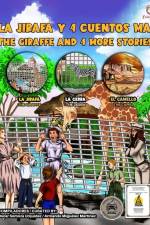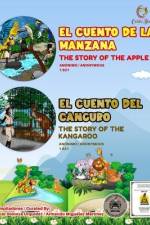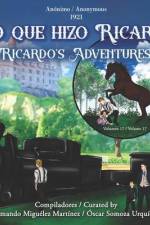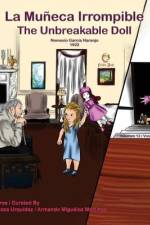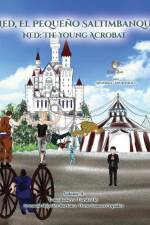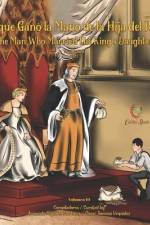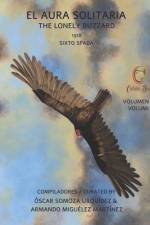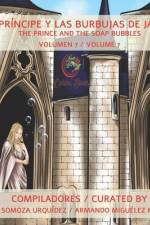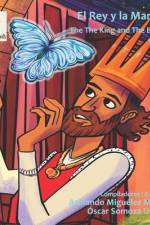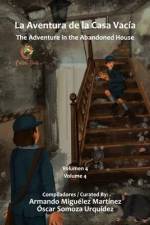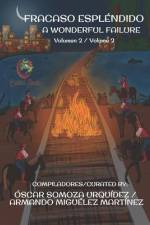av Armando Miguélez Martínez
187
The boy was eight years old, an orphan and always hungry. When his mother died, he went to live with his grandfather who didn't treat him well. To forget about his bad fortune, and to get away from his grandfather, he went for walks in the small town away from the slum where he lived. Hoping to find something to eat, he looked through display windows in stores, butcher shops, and restaurants, but no one gave him anything. One day he was in front of a candy shop and he saw many kinds of delicious and colorful candy. But something caught his attention: a paper cone filled with sugar covered almonds which became his obsession, to the point that he had dreams about it. The paper cone filled with almonds was worth a 10-cent coin, but the boy didn't have it... ************************************************************************************************ Era un niño de ocho años, huérfano y siempre tenía hambre. Cuando murió su mamá, se quedó a vivir con su abuelo que no lo trataba bien. Para olvidarse de su mala fortuna, y alejarse del del abuelo, caminaba por las calles del pueblo lejos del barrio pobre donde vivía. Como tenía hambre miraba por los escaparates de las tiendas de comida, carnicerías y restaurantes, pero nunca le ofrecían nada. Un día se detuvo delante de la vitrina de una dulcería y vio con [placer, alegría, encanto, deleite] todo tipo de dulces deliciosos y muy coloridos. Lo que más le llamó la atención fue un cucurucho de papel lleno repleto de almendras garapiñadas, y se obsesionó tanto que cada noche soñaba con el cucurucho. Pero, costaba diez centavos, y el niño no los tenía...

